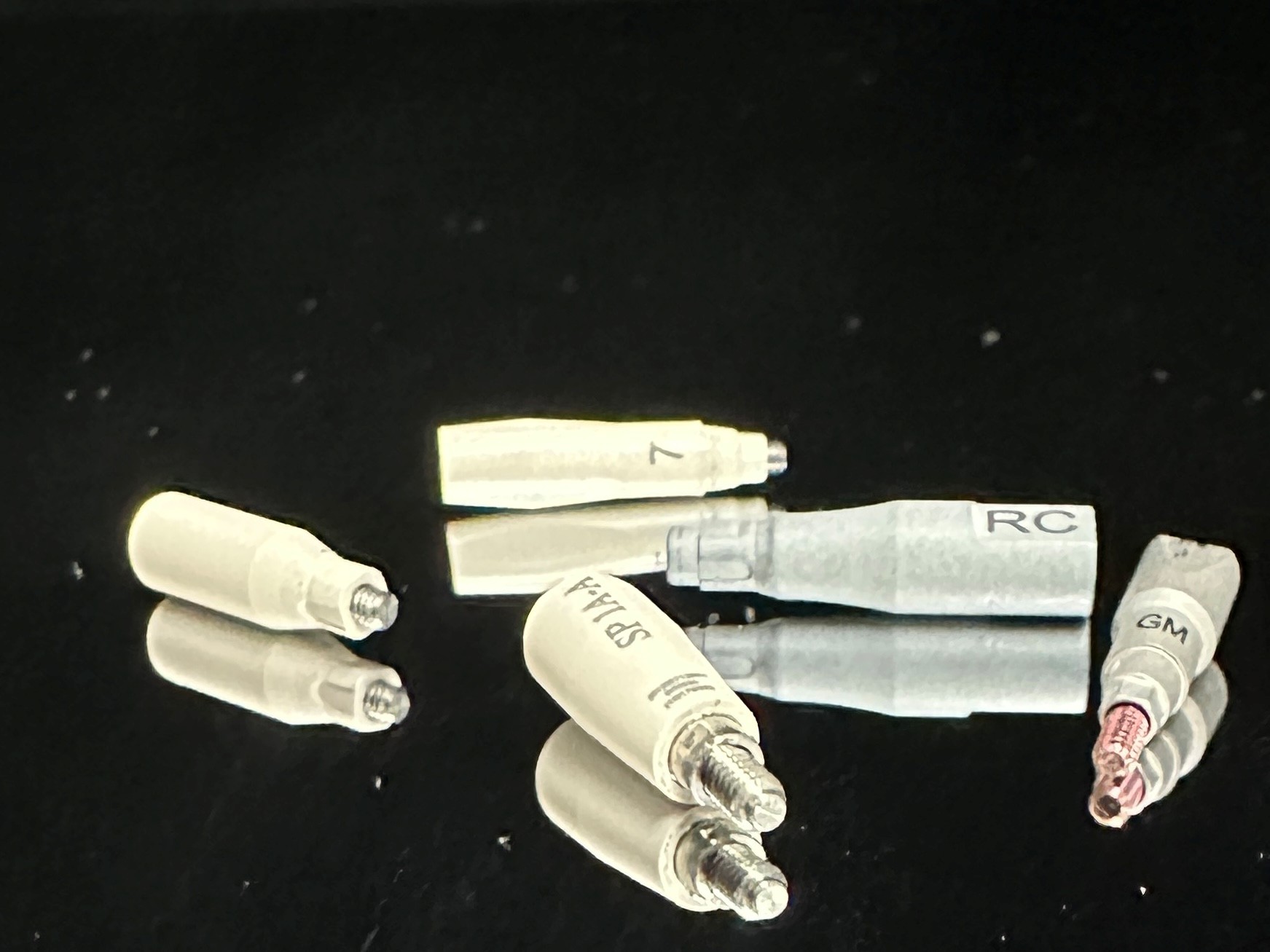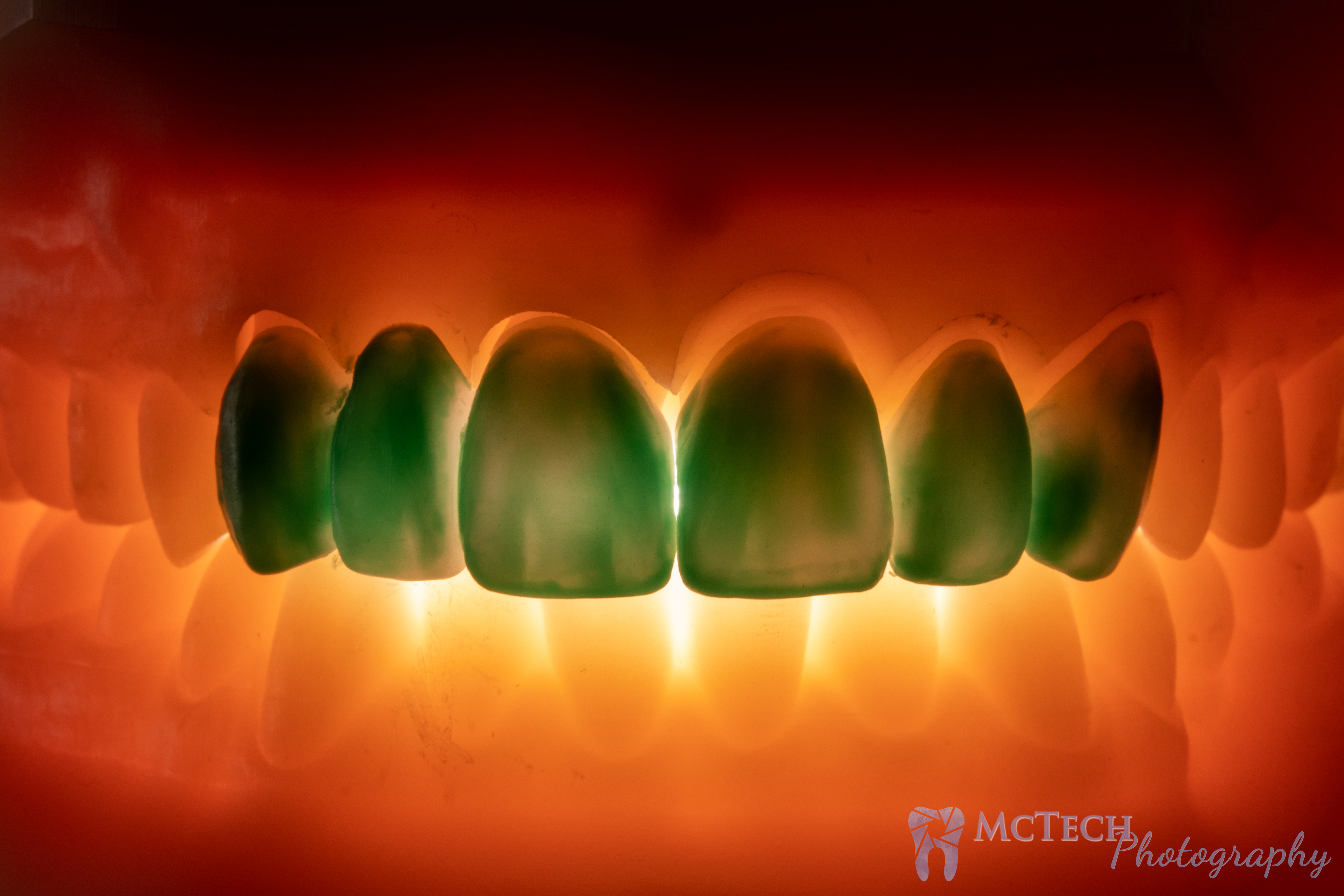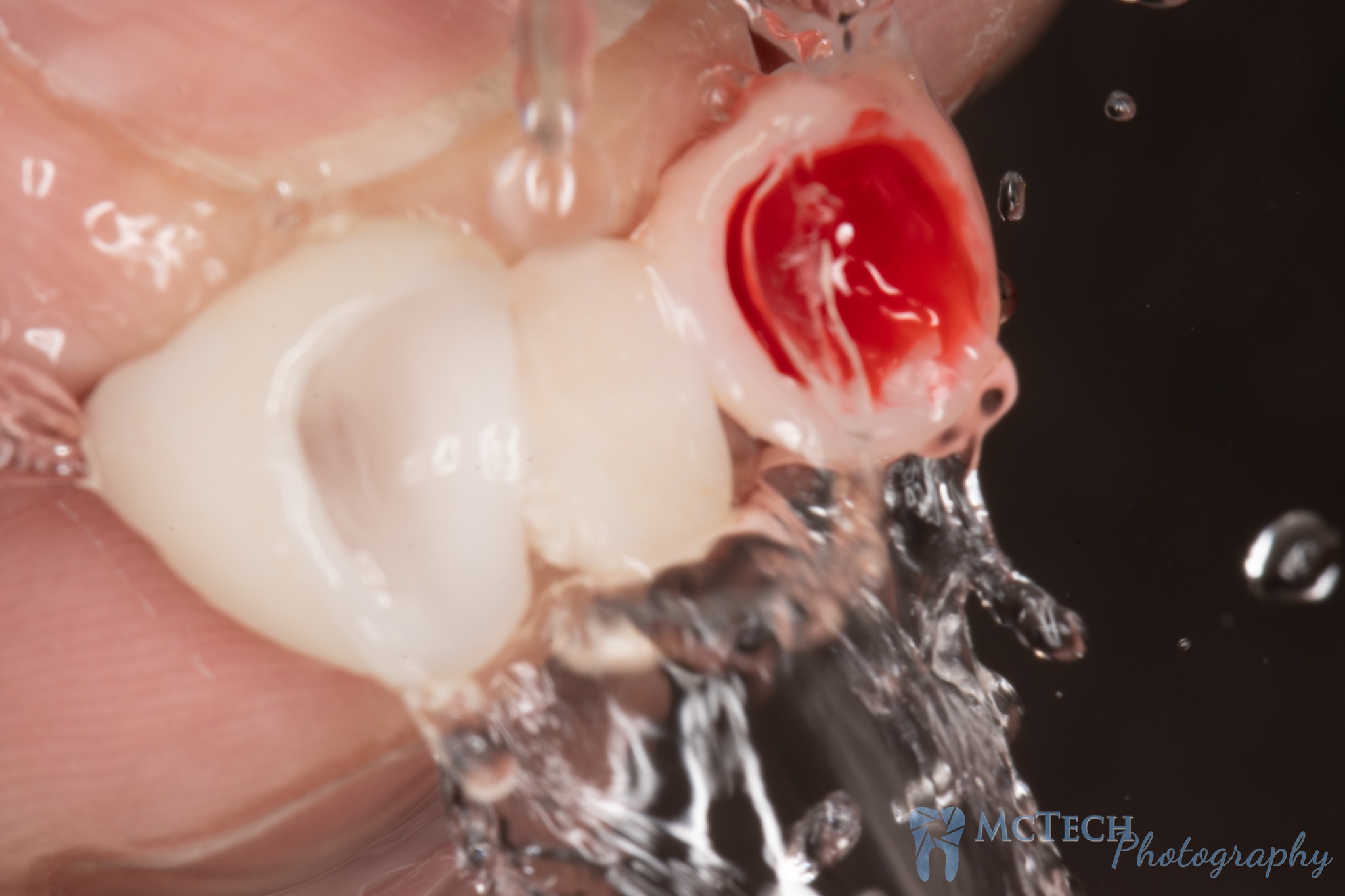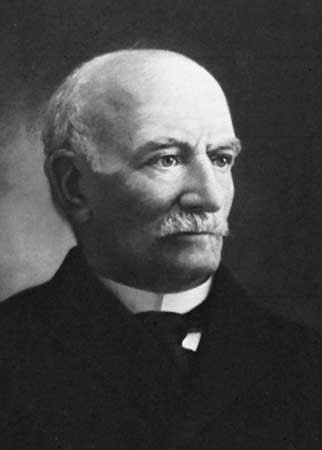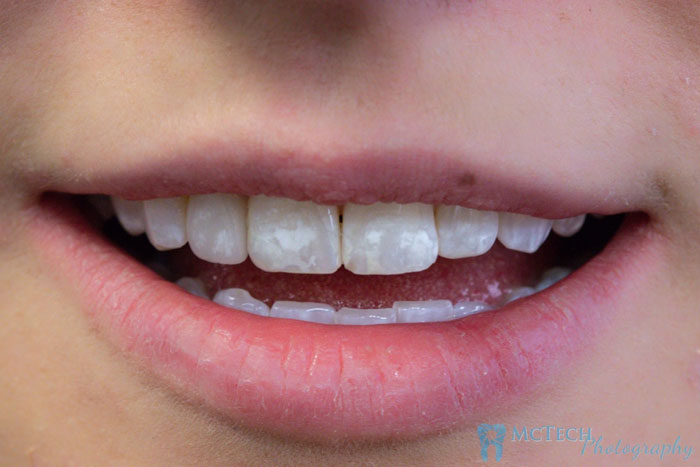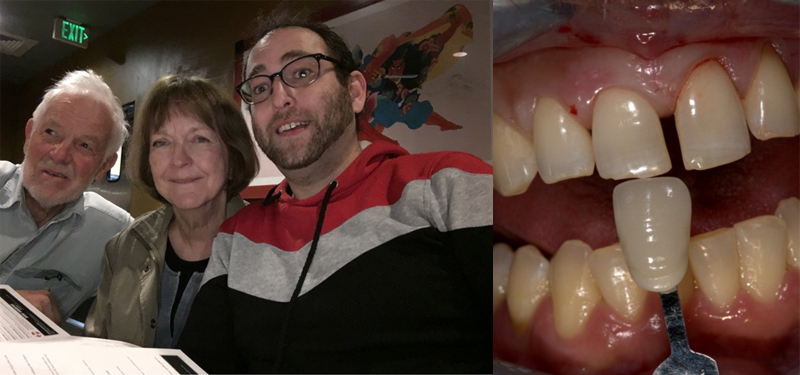Collaborating Through Dental Photography: Part 3: Settings
Ryan McKee
My first and most highly recommended piece of photography equipment is a dedicated space for photography. A practices photography space should account for this number one variable in photography, light. Portraits and intra oral photos both benefit from having the patient seated upright against a wall. Throughout this read I will continually mention the advantages of having this foremost recommendation covered.

